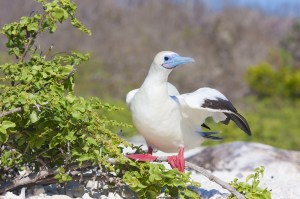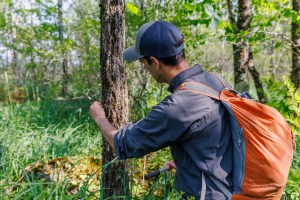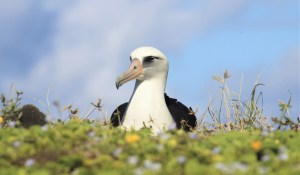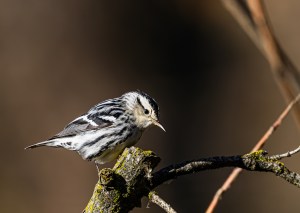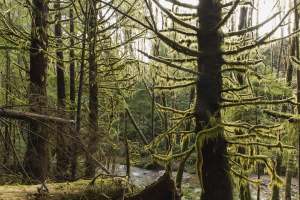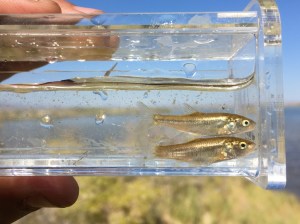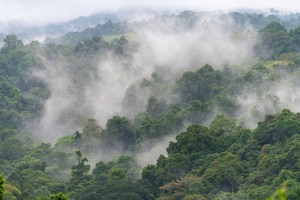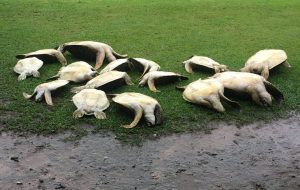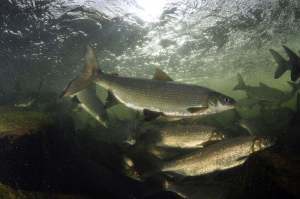Discover stories in Environments
Want Resilient Coral Reefs? Bring Back Seabirds
Eradicating rats and restoring seabird populations could increase coral reef resilience to climate disturbances.
Photographing Eels in the Dark
An artist turns her camera to the slippery, elusive and endangered American eel.
The Search for America’s Tiniest Turtles
In Massachusetts, a team is restoring wetlands and using some old-school ways to track bog turtles process.
The Search for “Lingering Trees” Offers Hope for Imperiled Species
The tiny fraction of trees that show strong resistance to invasive pests and pathogens need to be found – and is how you can help.
Running the Numbers on Global Seabird Restoration
A new database of global seabird restoration projects allows scientists to analyze trends and provides a tool for practitioners looking to effectively restore seabirds and coastal ecosystems.
Bird Alert: The Search for Local Rarities
Searching for local rare birds is a mainstay of birding culture. Here’s an overview to get you started.
Restoring Old-Growth Forests in the Pacific Northwest: Lessons from TNC’s Ellsworth Creek Preserve
Scientists are evaluating 15 years of forest management at TNC’s Ellsworth Creek Preserve to inform large-scale forest restoration efforts.
Borax Lake Chub: Conserving a High Desert Survivor
This fish has adapted to a lake high in arsenic and heavy metals. But human activity poses a greater challenge.
Communities Unite to Save Papua New Guinea’s Forests from Logging
A group of villages in Papua New Guinea decided to protect their damaged rainforests from future clearcuts. A photographer captured that work in action.
Sea Turtles Are Under Threat from Small-Scale Fisheries
Free divers are fishing turtles at unsustainble levels in the Solomon Islands.
Coral Atolls are Not a Lost Cause
An international team argues that strategic ecological restoration could save coral atoll islands from the rising seas of climate change.
Can You Help a Fish Imprint On a River?
Scientists hope that incubating eggs in a river might help reverse a historic whitefish decline in the Great Lakes.
